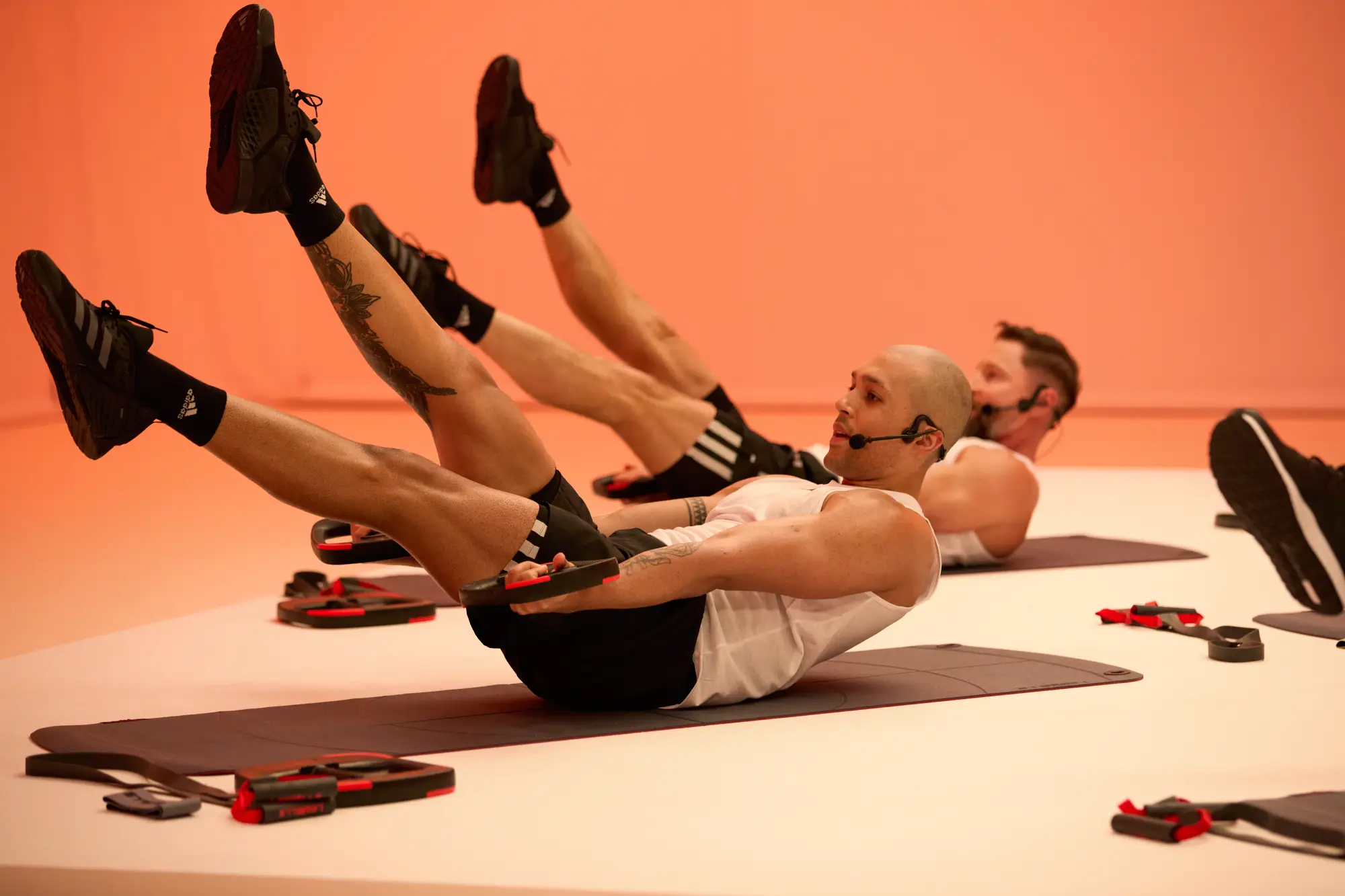
As of release 41, CXWORX™ is now LES MILLS CORE™. With a brand new 45-minute format now on offer, there are more reasons than ever to love this science-backed fully functional workout.
"Everyone should do LES MILLS CORE," says BODYATTACK™ Program Director Lisa Osborne. "I do it every week and it really helps my training and performance, as well as minimizing my risk of injuries." If it's good enough for a three-time aerobics world champion…
Read on for everything you need to know about LES MILLS CORE and learn why you should be recommending it to the runners in your club.
What does the name change mean for me?
All certification and training will remain the same; only the name of the workout will change in the Instructor Portal, Releases App and on LES MILLS websites around the world. Current CXWORX instructors will not need to re-certify or be issued with a new certification.
Is the workout changing?
The only variation to the workout itself will be more of the core training you love! LES MILLS CORE will be available as both the standard 30-minute workout, as well as an option for Instructors and clubs who want to teach a longer 45-minute version. Our team has been trialling the 45-minute LES MILLS CORE option in our New Zealand gyms and with Instructors all around the world (thanks to those who shared their feedback!). The reception has been very positive, allowing us to confidently offer a 45-minute option.
What do the different formats of LES MILLS CORE look like?
The 30-minute format remains the same:
- Warmup
- Core Strength 1
- Standing Strength 1
- Standing Strength 2
- Core Strength 2
- Core Strength 3
The 45-minute format includes all tracks from the 30-minute format, with the addition of three tracks, and delivered in a different order:
- Warmup-45 [45-min only]
- Core Strength 1
- Standing Strength 1
- Standing Strength 2
- Standing Strength 3 [Can be used as Bonus Track 3 in 30-min format]
- Isolation [Warmup track from 30-min format]
- Core Strength 2
- Core Strength 3
- Stretch [45-min only]
What's different about the 45-minute format?
The key features are:
- Extra core conditioning sequences in standing – unique to LES MILLS CORE (compared with other core programs) and has been a big part of its success
- Maximizing the training elements based on scientific findings
- One of the key reasons we were able to improve running performance (see below) was the functional training approach we take to core conditioning.
- Training the key stabilizers in standing
- Combining integrated exercises (sling activation) with isolation training
- Building on reactive core training principles
- Different tempos and dynamic ways to challenge the key core muscles
Scientifically-proven to improve running performance
A recent study published in The Journal of Sports Medicine and Physical Fitness revealed how regular core-focused group workouts can shave over a minute off the average runner’s 5km time and optimize their overall performance by reducing the potential for injuries.
For the study, participants completed three LES MILLS CORE workouts a week for six weeks. The 30-minute workout involves a combination of exercises designed to develop three-dimensional core fitness.
Each class includes planks, lower abdominal endurance exercises, gluteal training, abdominal oblique challenges, and extensor endurance. Together, this combination of integrated exercises simultaneously works large muscle groups from shoulder to knee, rather than isolated exercises like crunches, that focus on individual core muscles.
At the end of the six-week study, participants' running speed increased and running economy improved. They decreased their 5km run times by an average of 66 seconds without a significant difference in mean heart rate, and increased their ability to hold a plank by over 60 percent.
Dr Jinger Gottschall, who was Associate Professor at Penn State University and lead researcher of the Les Mills Running & Core Training Study, says her findings demonstrate that runners can improve their performance by focusing on integrated core exercises that target big muscle groups around the hips, lower back, glutes and abs.
“This research establishes the critical three-dimensional core component of running training,” says Gottschall, herself a long-time running enthusiast. “Endurance athletes typically live by the slogan ‘more is better’ and simply run more miles. Our research demonstrates that integrated core training is a missing component that can improve performance and symmetry.”
Running is a three-dimensional activity, Gottschall explains. While your legs are moving forward in one plane, the movement of your arms and torso in another plane is also important for force production and running economy.
“Integrated core exercises are valuable to all runners – whether they do marathons or run a few times a week to help stay fit. But they‘re also advantageous for all endurance athletes, including cyclists and swimmers.”
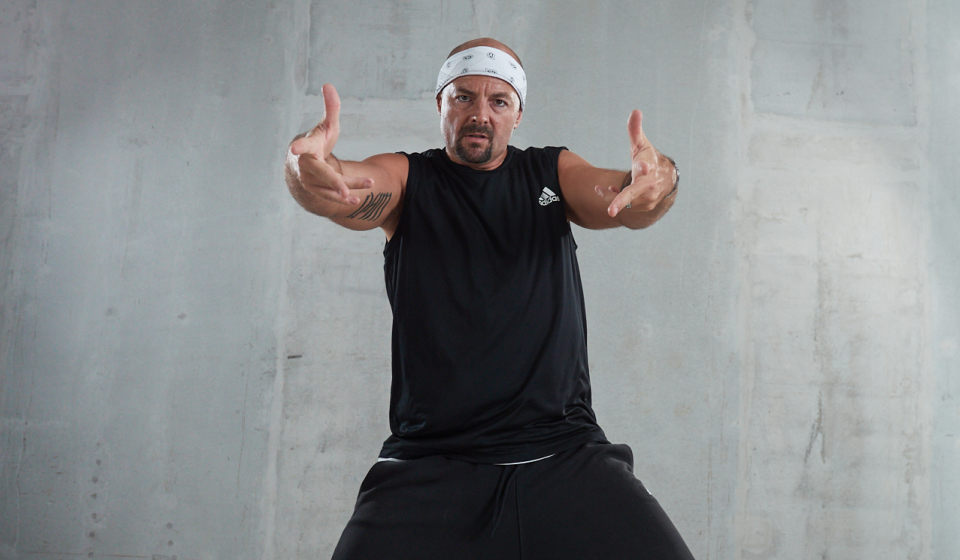
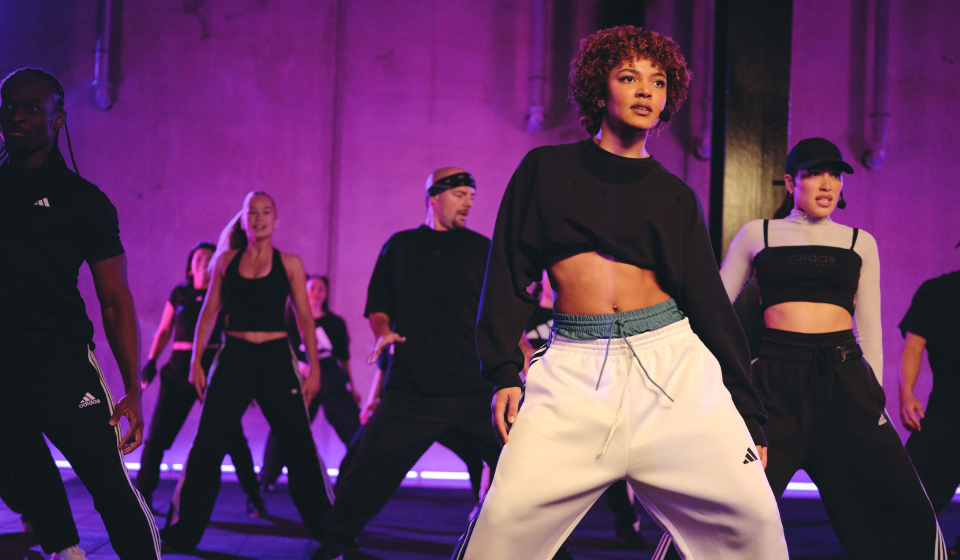
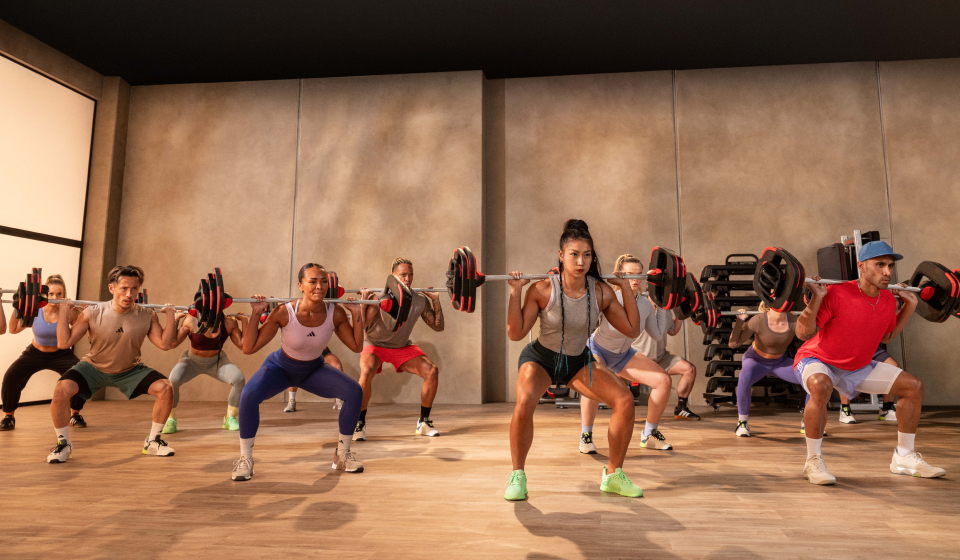






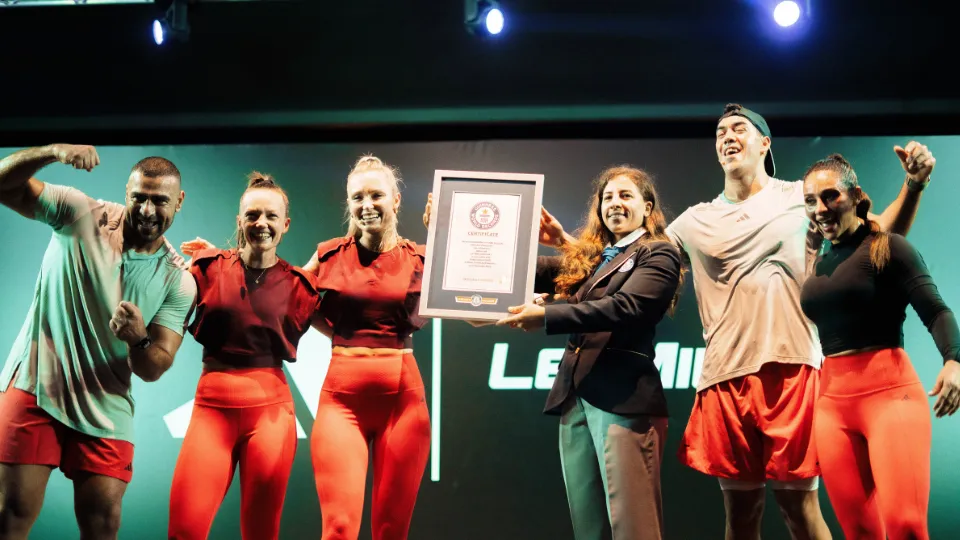
.webp)










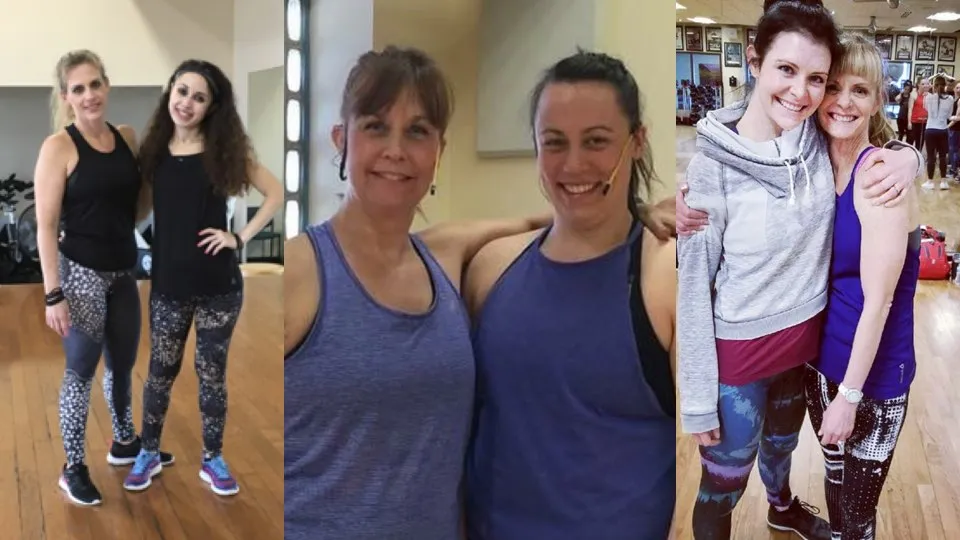














.webp)
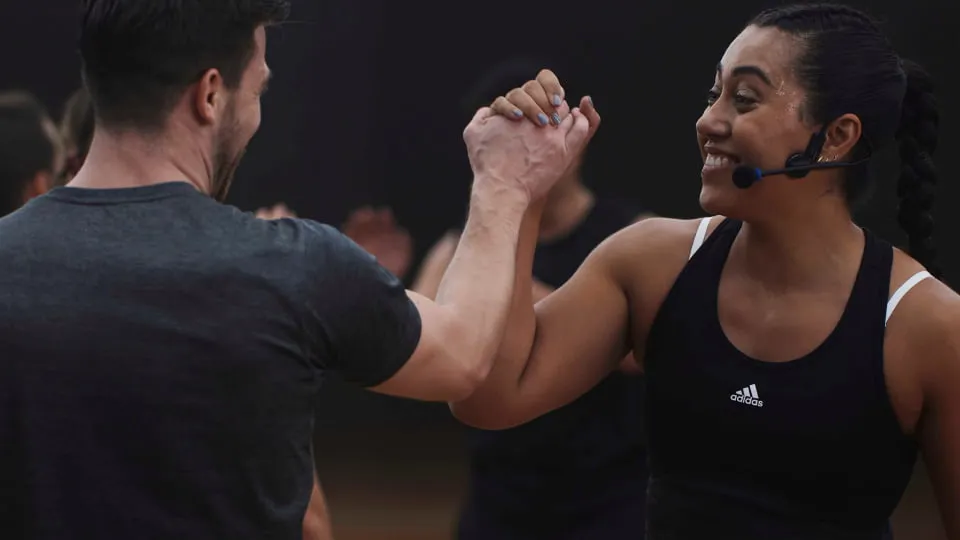

.webp)
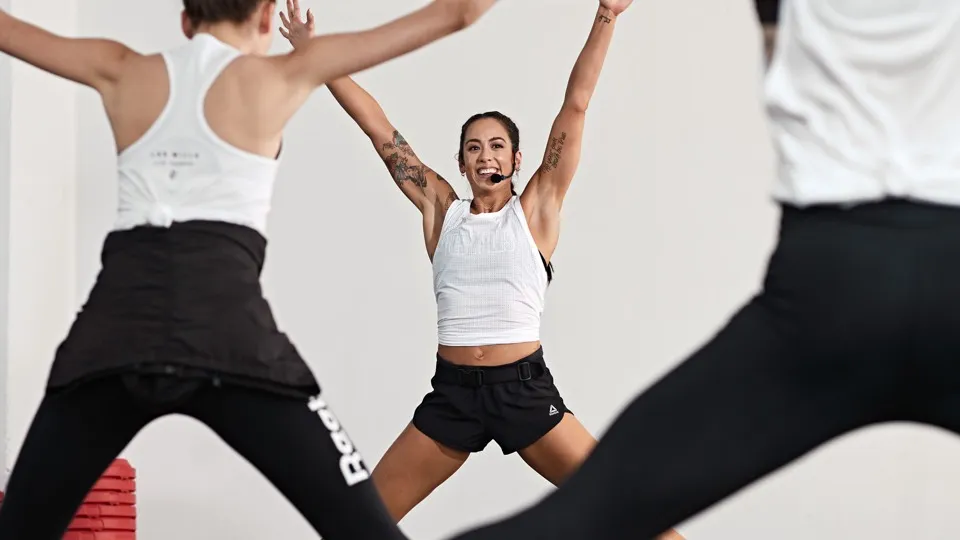
.webp)

.webp)

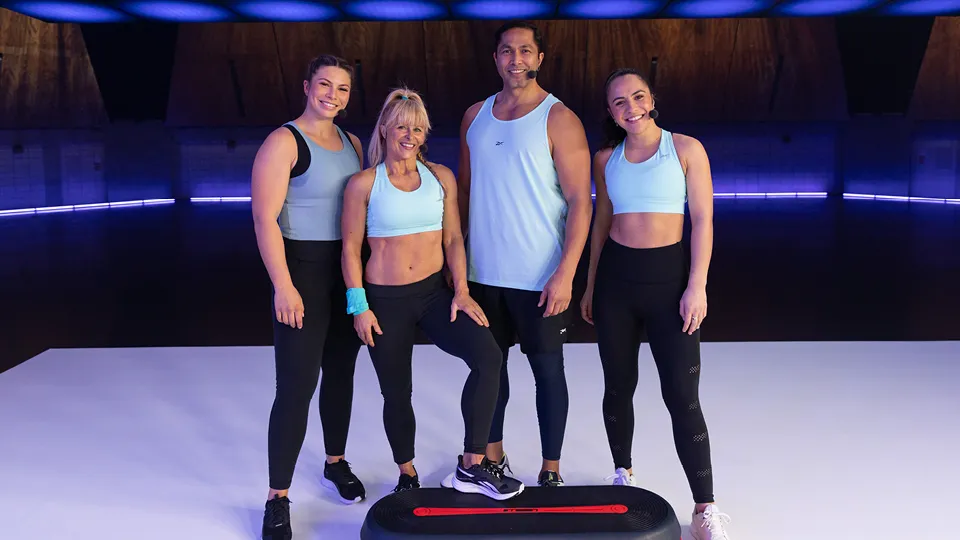


.webp)







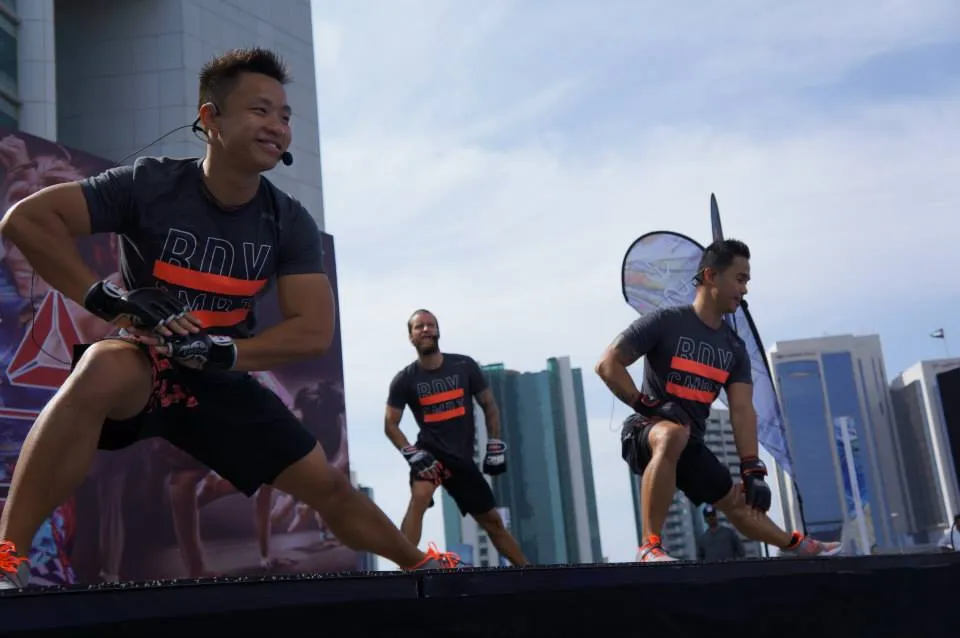



.webp)

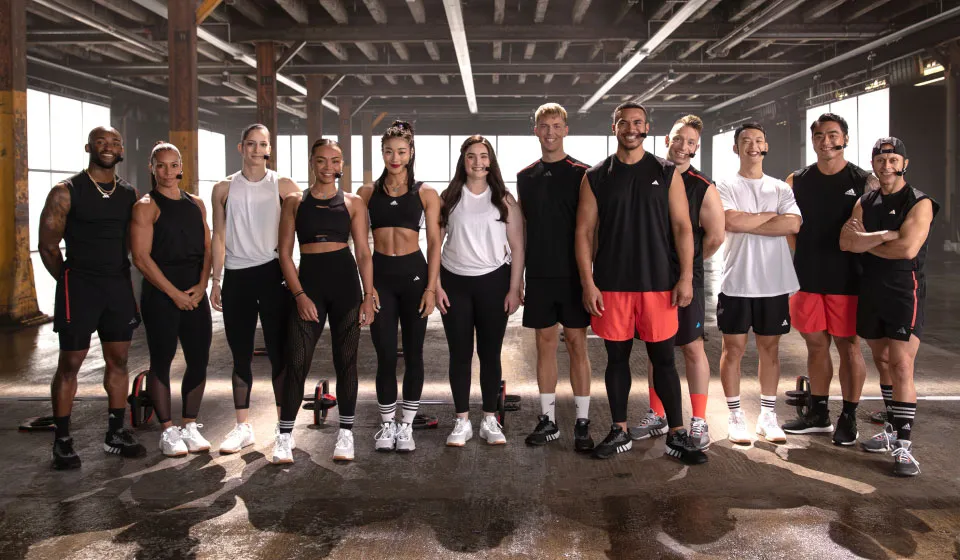
.webp)
.webp)

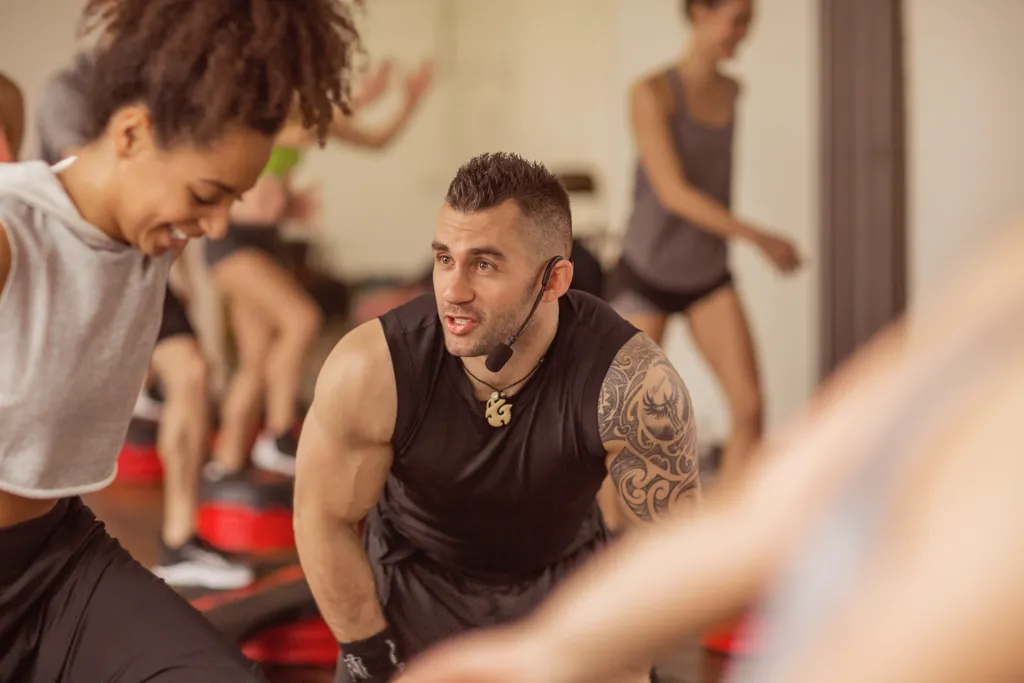


.webp)

.webp)
.webp)



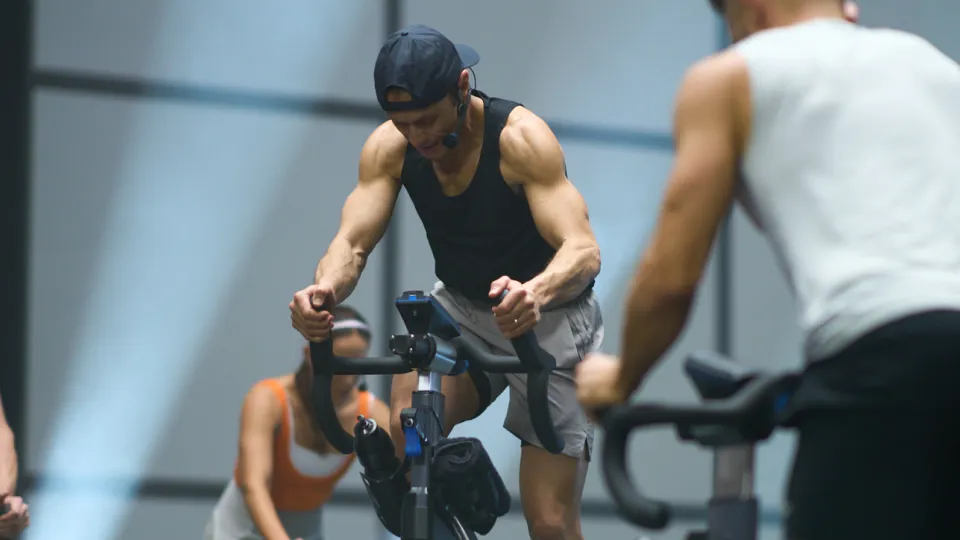


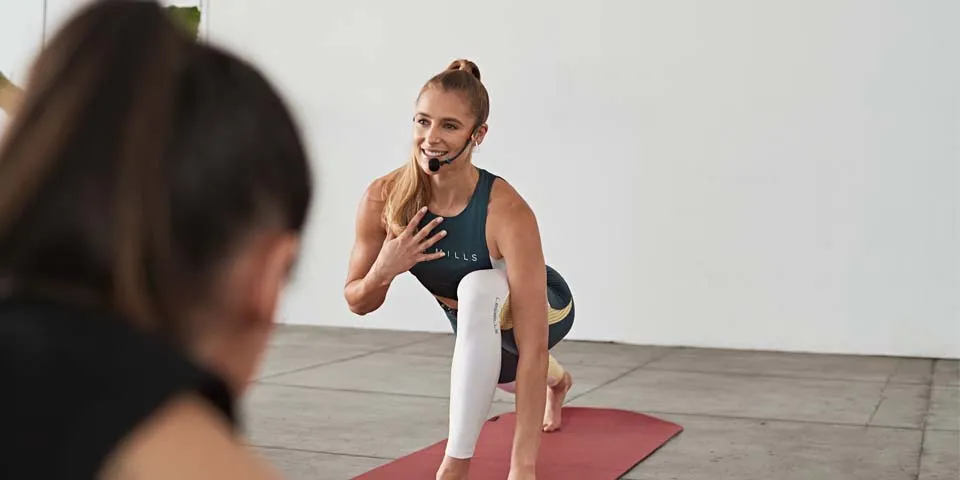


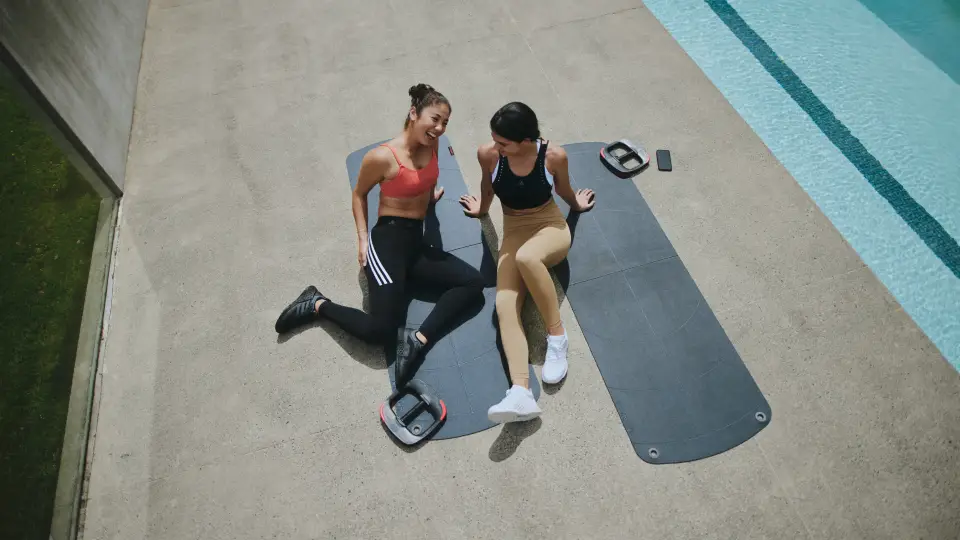



.webp)
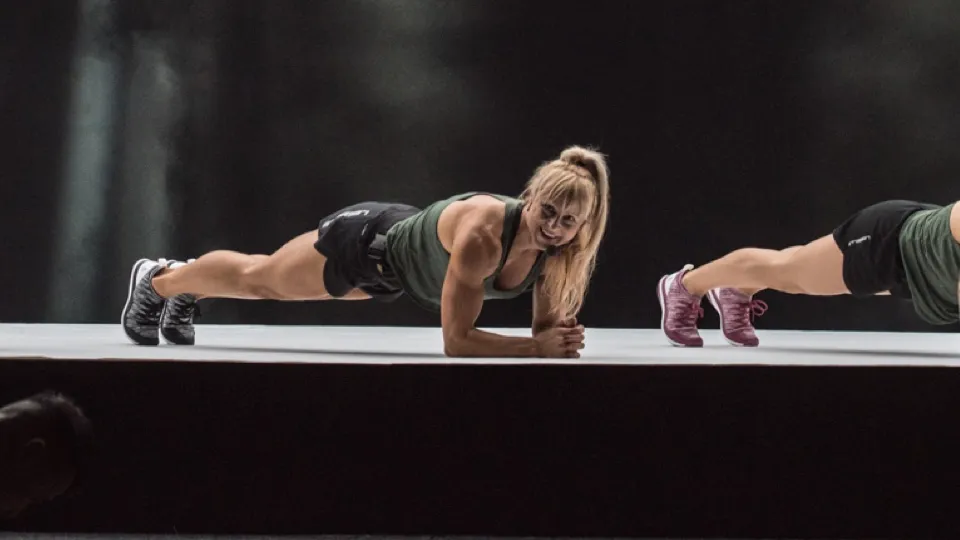
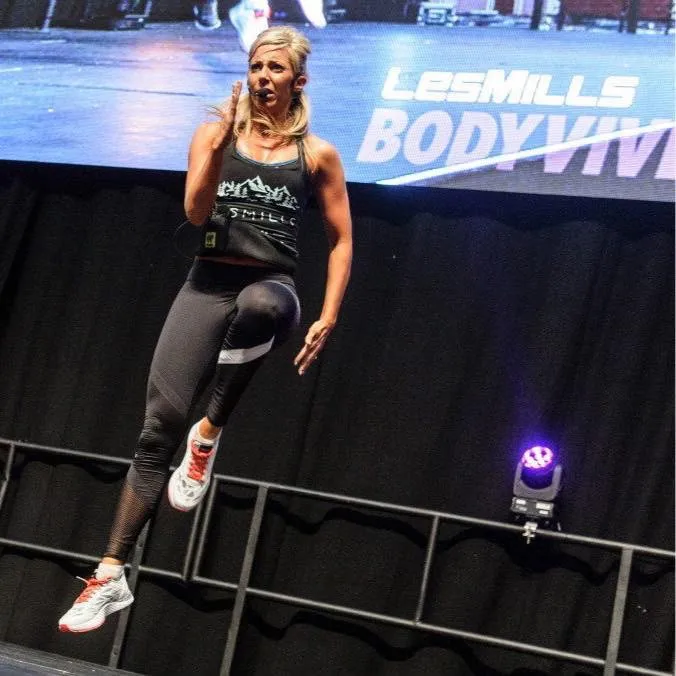




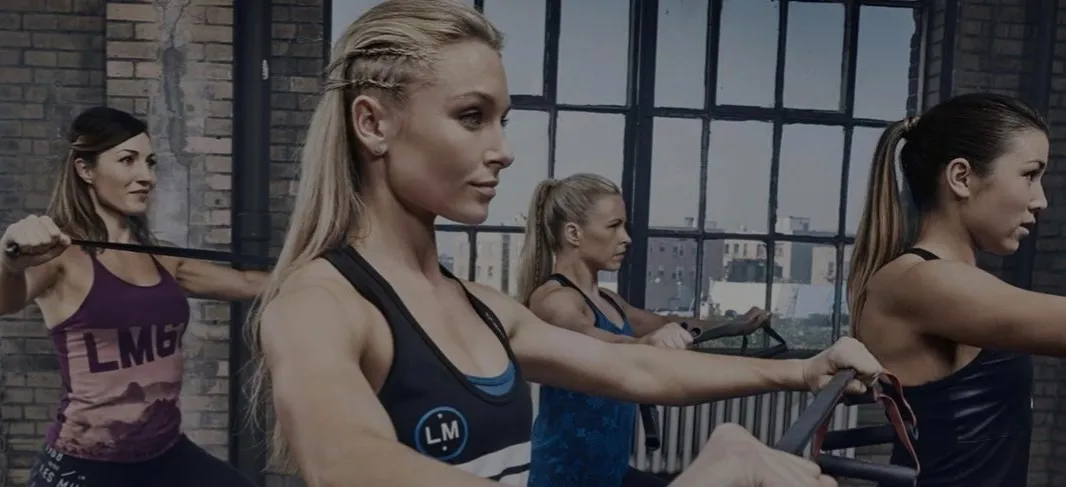
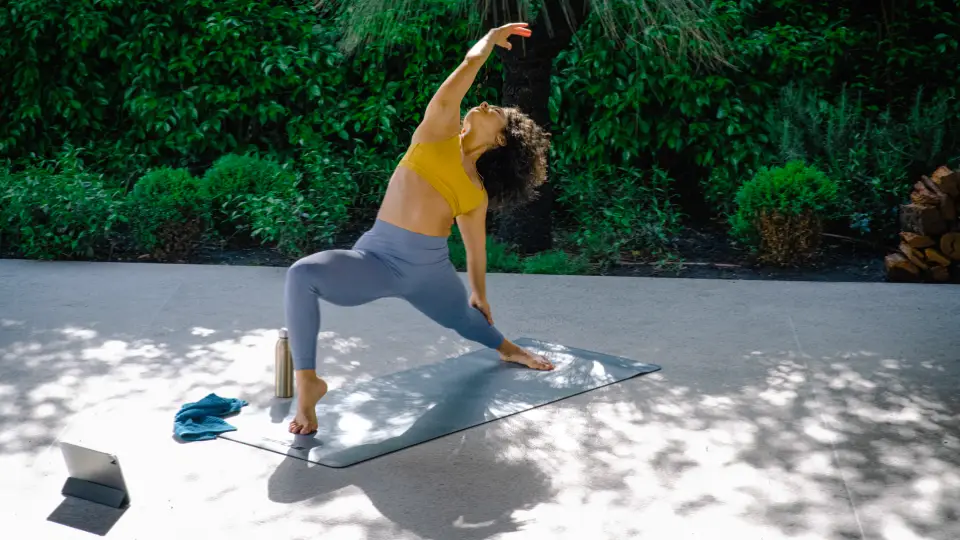

.webp)
